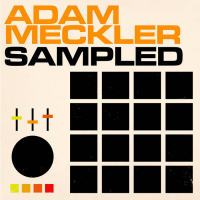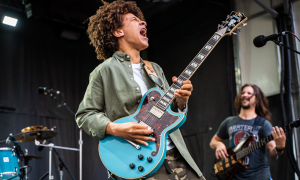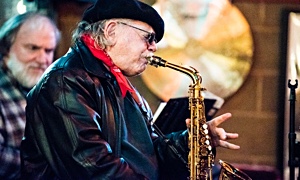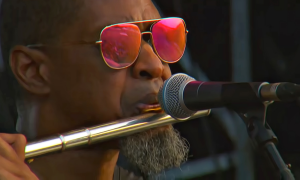Home » Jazz Articles » Talking 2 Musicians » Badfinger's Joey Molland
Badfinger's Joey Molland
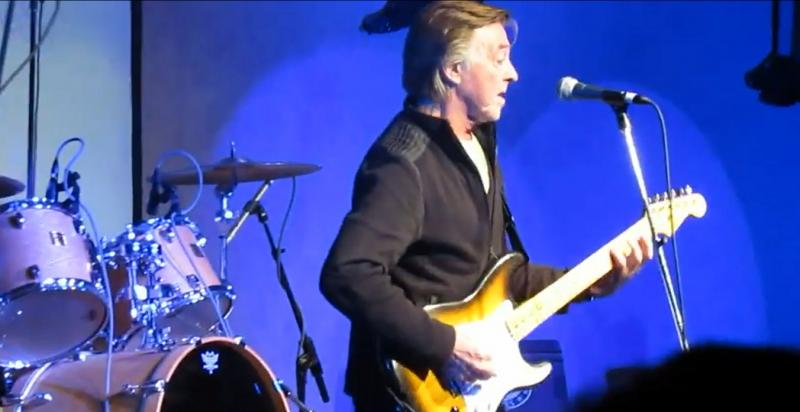
Badfinger was also a band marred by tragedy. As victims of unscrupulous management they were swindled out of their earnings, and their affairs and music rights were so compromised that they could barely survive as musicians. Two of the original members, Pete Ham and Tom Evans, eventually committed suicide. Drummer Mike Gibbins died in 2005, leaving Joey Molland as the sole remaining member of Badfinger from their most successful period.
Joey Molland was born and raised in Liverpool, England. Seven years younger than John Lennon, he came of age just as the Beatles were gaining fame at the Cavern Club. In this extensive two part interview he recounts skipping school to see the Beatles do a lunchtime gig at the Cavern Club, honing his skill as a busker on a corner on Penny Lane near his home, playing local clubs in Liverpool, touring, and eventually being asked to join the band Badfinger, whose first big hit was written by none other than Paul McCartney. He speaks of George Harrison who helped produce Badfinger's highly successful album Straight Up (Apple, 1971), his session work on Harrison's album All Things Must Pass (Apple, 1970), his participation in the historic Concert For Bangladesh and he recalls the slew of star musicians who took part.
He recounts getting called to John Lennon's home to play acoustic guitar on some tracks for the Imagine album (Apple, 1971), meeting Duane Allman when he came to a Badfinger gig in Atlanta, working with Todd Rundgren, and much more...
Listen Part I
Listen Part 2
Tags
Joey Molland
Talking 2 Musicians
Alan Bryson
Glass Onyon PR - William James
United States
John Lennon
Paul McCartney
George Harrison
Duane Allman
Todd Rundgren
PREVIOUS / NEXT
Support All About Jazz
 All About Jazz has been a pillar of jazz since 1995, championing it as an art form and, more importantly, supporting the musicians who make it. Our enduring commitment has made "AAJ" one of the most culturally important websites of its kind, read by hundreds of thousands of fans, musicians and industry figures every month.
All About Jazz has been a pillar of jazz since 1995, championing it as an art form and, more importantly, supporting the musicians who make it. Our enduring commitment has made "AAJ" one of the most culturally important websites of its kind, read by hundreds of thousands of fans, musicians and industry figures every month.









